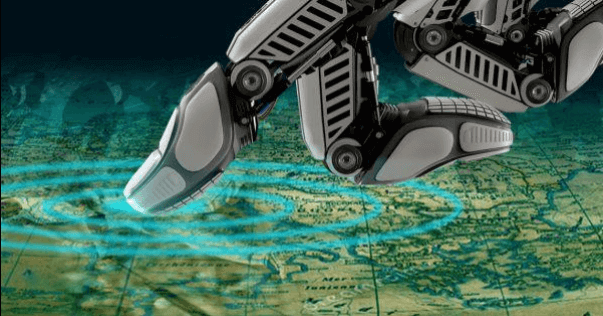Stage 4: data analysis
Stages of Data Analysis:
- Data Preparation
- Data Modelling
- Data Visualisation
- Data Analysis
Step 4: Analysing the data
Why it is Important
Data analysis is the final stage of the whole process. Here you get to use all the data that you collected, prepared, modelled and visualised – and now you get to find answers to your questions.
The type of data analysis you perform is heavily influenced by your aims. However, there are several ways at your disposal including:

Types of data analysis
- Univariate or bivariate analysis – Univariate analysis is the simplest form of data analysis there is. As the name implies, “uni” meaning “one”, this type of analysis looks at one variable. Similarly bivariate analysis is a study of two variables
- Time-series analysis – As the name suggests, Time-series analysis uses time-series data which is basically data that is recorded against time. (For example, a simple example of time series analysis is measuring the speed of an object, you can measure the distance it has moved from a point and the timestamp. Using this you can calculate the speed of the object.)
- Regression analysis – Regression analysis is used to look for trends in data..
If you’re interested in finding more information on this, here are some good links:
Using our data analysis
What do we use it for?
More important than how we analyse the data, though, is how you use the analysis. This is determined by the insights you want. In general, any form of data analysis can fall into one of the following categories:
Click on the blue arrows to find out more about each category:
Seek to know – used for things like number of people, number of male vs female, ages of people etc
- Example: Using the census population data from the different districts in Dystopia, LM13 can show the demographics (number of females vs males, ages etc) of the city of Dystopia.
Seek to understand – used to see which Dystopia district grows more, which district has more crime etc
Seek to make predictions
Example: Using historical time-series data to study the production revenue flows of each district, LM13 can forecast the revenue per district for the coming year.
Seek to give advice
A step further from predictive analysis is when you can use all that you know to give insight on a problem and provide a solution for it.
Example: spending patterns vs crime of the different districts in Dystopia >> LM13 can make recommendations on what each district’s efforts should be focused on to fix their crime problems.
How is data analysis applied
In the real world
It is important to note that these different types of analysis can be used in a single process.
Descriptive and diagnostic analysis is almost always used – because it gives you an understanding of the data that you are working with. However, depending on the problem you are trying to solve – you may use ALL or only A FEW of the other analysis tools as well.

It all depends on the type of questions you are tasked with. You will likely find that at least one of these categories will be suitable for your solution.
